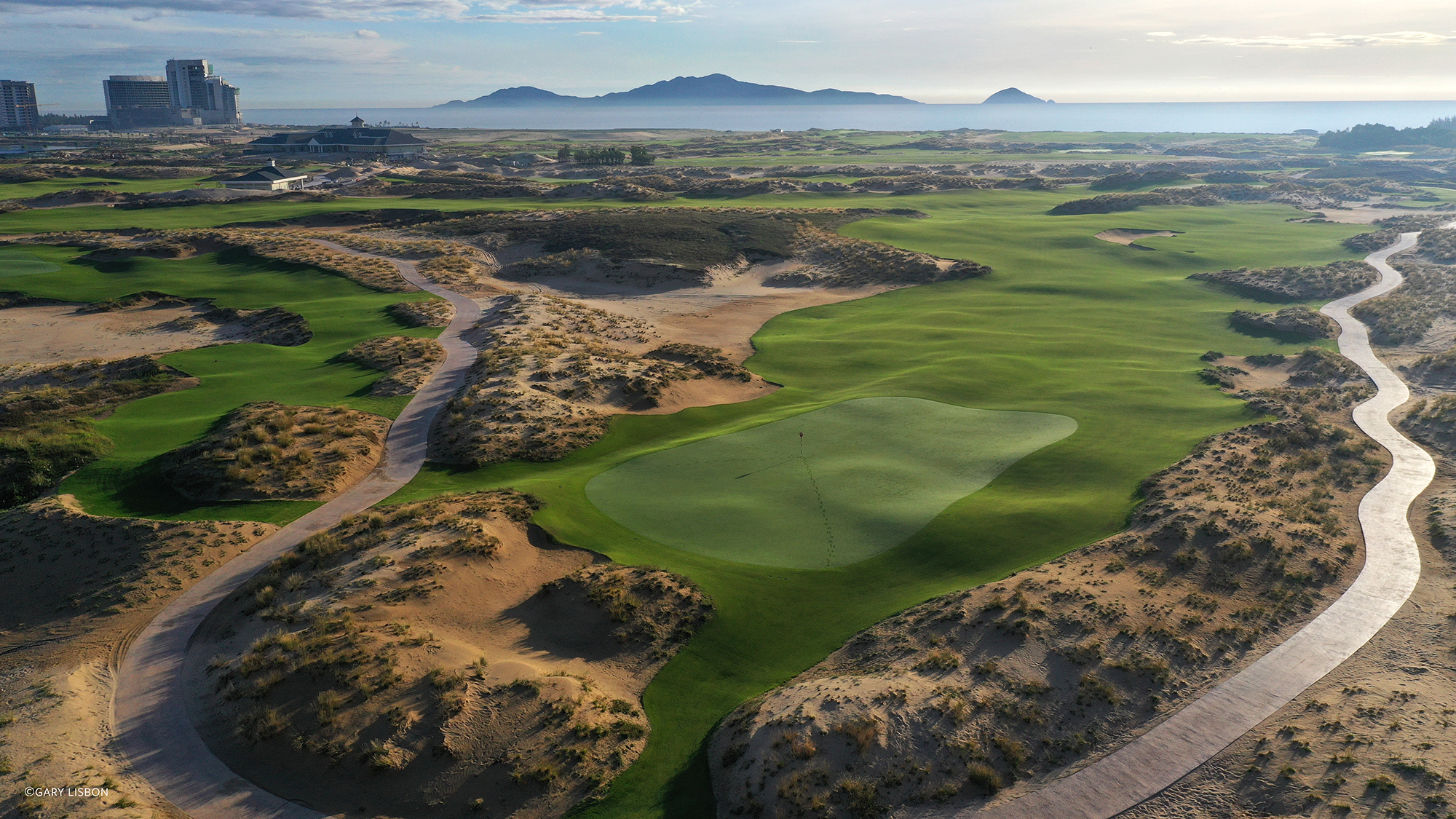Golf is surging. Designers can help developers drive the momentum.
By Robert Day
February 15, 2021
Despite its tumultuous uncertainty, the past year has anchored several cultural movements:
- The definition of home has expanded.
- Work – no longer exclusive to office buildings – and life have rebalanced.
- The importance of leisure is underscored – travel is cut off and restaurants, clubs and other leisure destinations have been forced to reinvent.
Owners and developers now have an opportunity to adapt the current single-use model and make golf resorts more attractive to a broader audience.
However, these huge land parcels, sometimes as large as 90–100 hectares, are often used by fewer than 200 people a day. Their development is mostly driven by one or two factors:
- A genuine market demand for golf membership, coupled with a high throughput from resort guests.
- Creating a landscaped backdrop that increases a sense of prestige and adds real estate price premiums.
Nobody doubts that the second point remains valid, but evidence does suggest that, in some locations, the first argument gets weaker and weaker. Which begs the question: how can the golf experience be reimagined for specific locations and markets? Just like we’ve witnessed the rise of lifestyle hospitality and family amenity, golf too can have its moment. Owners and developers now have an opportunity to adapt the current single-use model and make golf resorts more attractive to a broader audience. And make the land and surrounding community more useful and sustainable. And the parcel more profitable.
Of course. it’s fair to ask: if golf is already enjoying success, even during a global pandemic, are these considerations necessary?
These cultural movements lead us to answer that question with a resounding yes.
By addressing the opportunities that have been elevated by this year’s cultural shifts, we can design communities with year-round appeal to a more diverse population of invested residents.
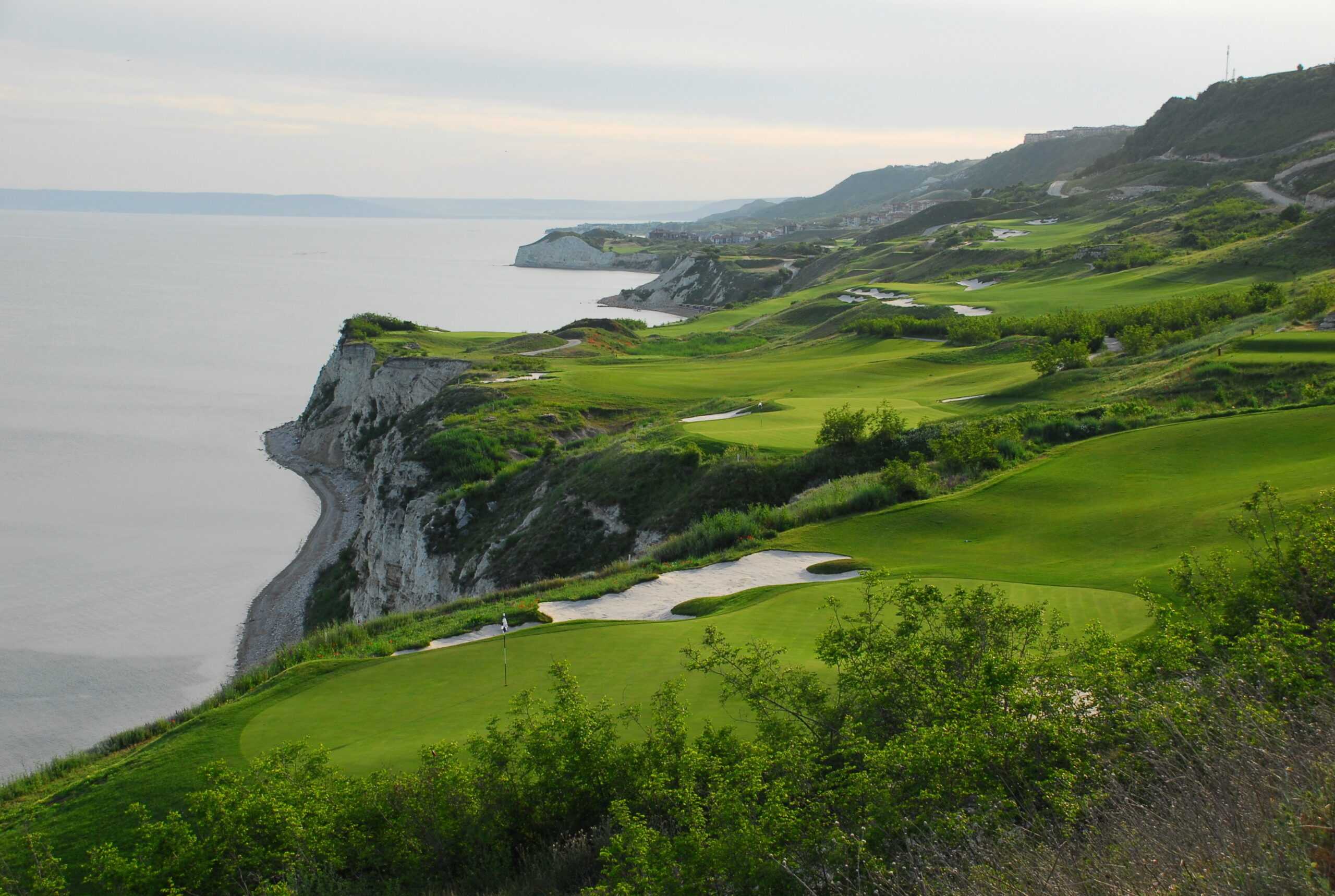
Bulgaria’s Thracian Cliffs Resort. Golf Architect – Gary Player Design; Master Plan – WATG. Photographed by Macankov Design.
Resort communities are now full-time residences
As working, learning and living converge in one place, people seek larger homes, more open and inspiring spaces for each of these activities. Places that were once considered vacation destinations or second home communities are becoming primary residences. Resident demographics shift accordingly, requiring a wider mix of amenities and overall experiences to reflect the broader range of ages and interests.
Places that were once considered vacation destinations or second home communities are becoming primary residences.
At the same time, the feeling of being cooped up at home is pushing a growing number of people out of dense urban neighborhoods toward more open space and nature. Cities have been forced to rethink green space, while suburban communities must now ensure they’re providing access to a broader range of amenities expected by former city dwellers – such as cafes, restaurants and cultural venues. This also increases the spatial need for active outdoor recreation, and again points to the opportunity for golf courses and their clubhouses to serve as ready-made parks and community meeting places for all residents, not just golfers.
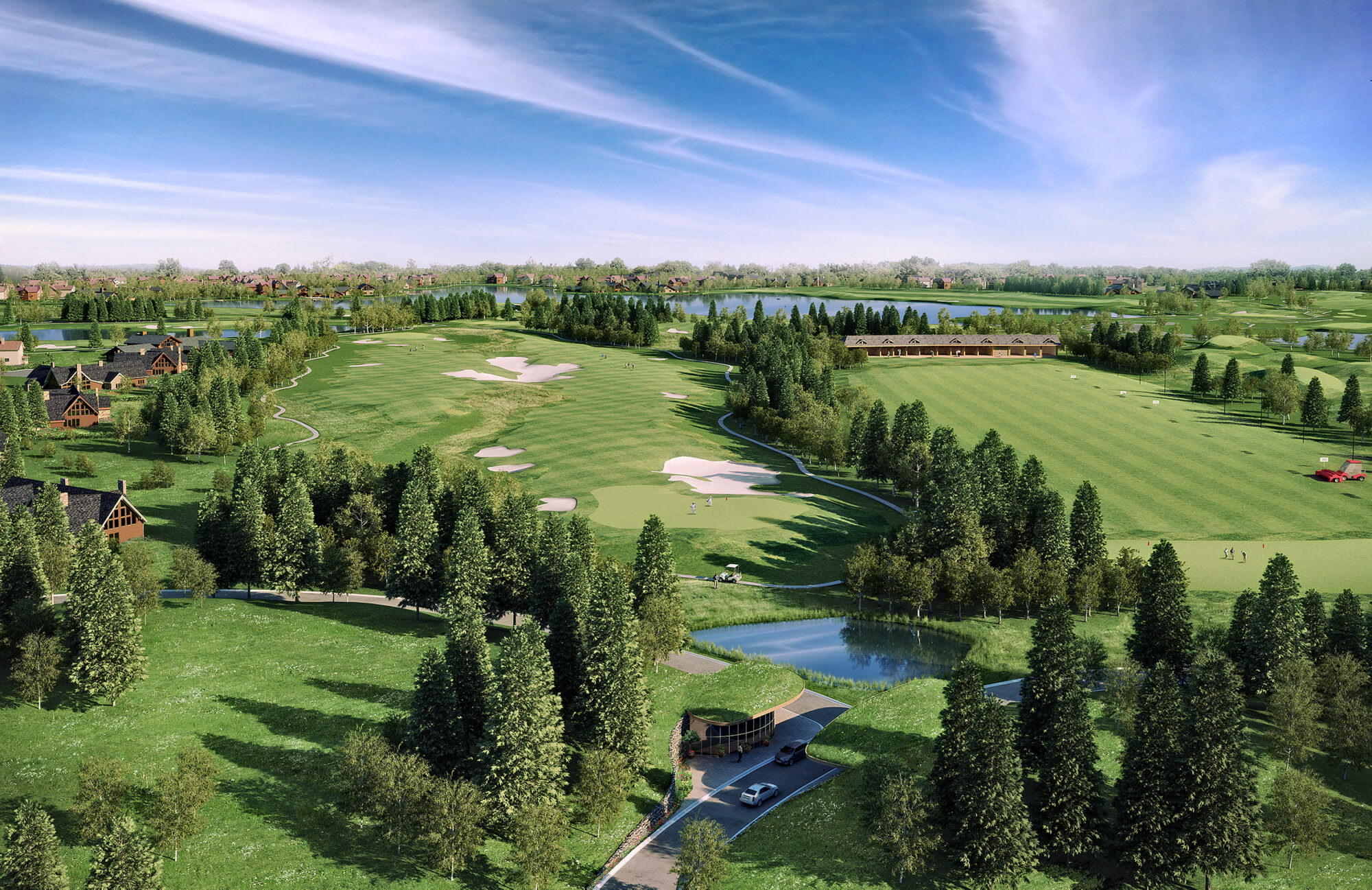
Russia’s Mill Creek Country Club. Golf Architect – EGD; Master Plan – WATG. Photographed by EGD.
More flexible and diverse revenue streams are increasingly required for long-term ROI
These significant social and cultural shifts are happening at the same time that many businesses and civic economies are facing drastic budget shortfalls. Every expense is up for scrutiny, ROI is essential, and long-term flexibility and resilience must be planned for. Developers have an opportunity, and even an obligation, to monetize spaces that were previously underutilized. As designers, we can help by creating spaces that support more flexible and diverse uses – and that, in this specific case, accommodate both golf and non-golf uses without adversely affecting the enjoyment or safety of either.
As designers, we can help by creating spaces that support more flexible and diverse uses.
There are two types of activities that can be intertwined with golf:
- Those that occur concurrently with the course operation, such as jogging, cycling, nature walks, yoga and other fitness activities.
- Those that occur after hours such as movie nights, meetings, banquets, and other social events.
With concurrent uses, parts of the course can be utilized before and after golfers reach specific holes. For example, a morning yoga class can take place on a scenic patch of grass on the back nine, while golfers tee off on the front nine. Separate jogging tracks and trails can also be established at safe distances from the tees, greens and fairways. For afterhours events, it’s a matter of finding the most suitable or picturesque locations away from fragile areas such as greens, tee boxes, and ecological habitats. Operationally, events will require breakdown and cleanup before the next day’s golf begins, but temporary and/or pop-up facilities designed at strategic locations around the course make this easily achievable. Just imagine the potential of immersive events such as chef’s dinners on a lake’s edge at sunset, or book readings in a secluded forest area. Such events and activities could be popular money earners for the golf club or residents’ association.
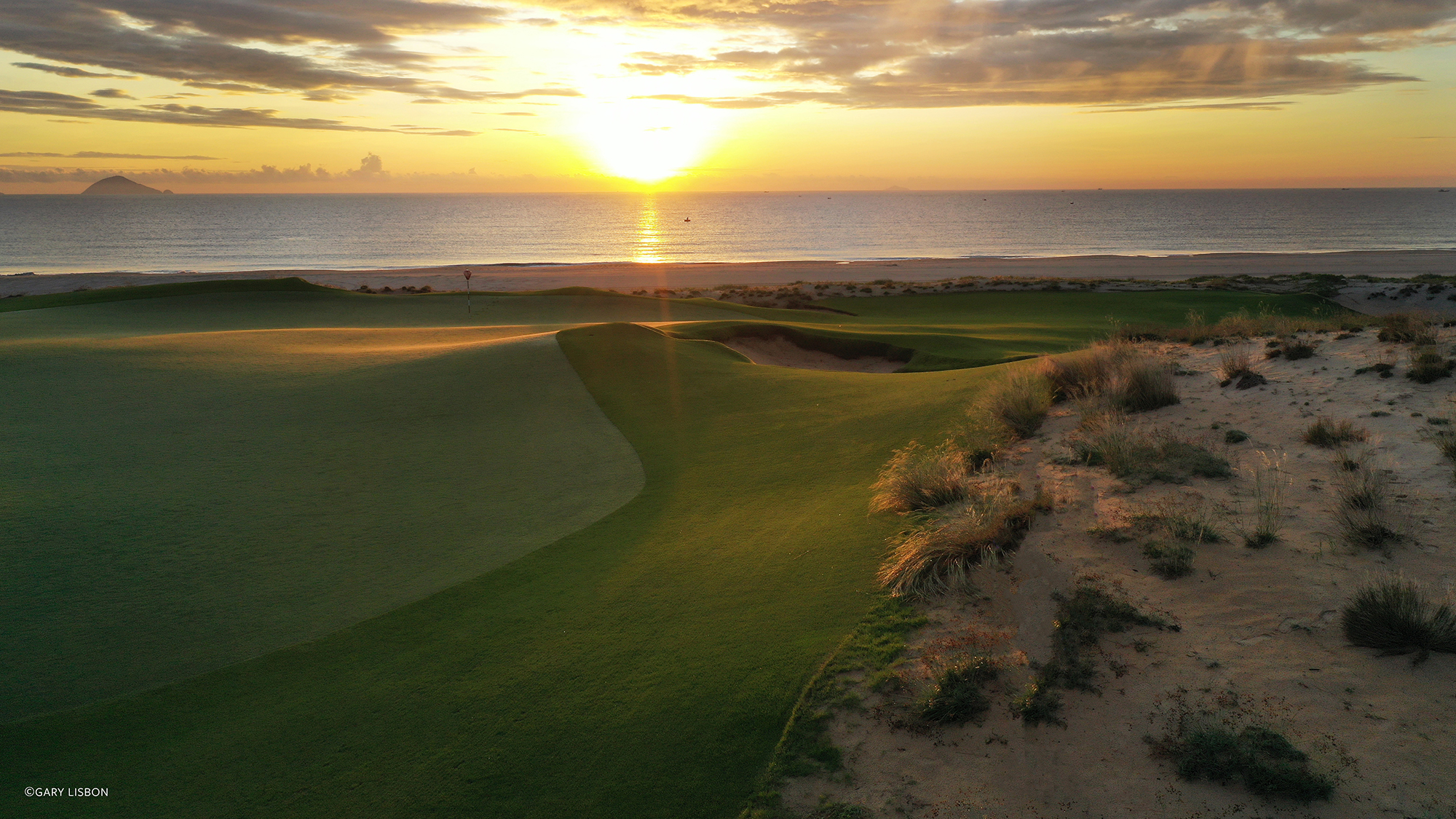
Vietnam’s Hoiana Shores Golf Club. Golf Architect – Robert Trent Jones II; Landscape – WATG. Photographed by Gary Lisbon.
As landscape architects and planners, we can recommend specific land-use strategies and strategic plantings that are selected for their ability to provide screening through density and/or height.
Balancing golf course design for both purity and performance
Safety, noise and visual distraction are major considerations during the design and planning phase of any golf course, but their significance is greatly increased when other adjacent activities are planned for the same property. Any golfer will tell you that serenity and concentration are critical to their game. Seeing joggers or bikers go by or hearing noise from nearby events will quickly become a distraction and a nuisance. Spaces for non-golf uses that take place during the golf day must be set back and screened and should preferably be as far from greens and tees as possible.
As landscape architects and planners, we can recommend specific land-use strategies and strategic plantings that are selected for their ability to provide screening through density and/or height. Carefully choosing native plants and then allowing them to grow naturally also reduces maintenance costs and increases the biodiversity and ecological value of the golf course, improving its aesthetic and environmental appeal.
The personality of the golf resort is shifting from a destination for escape to a neighborhood of belonging.
When space permits, strategically planned parcels of land that are a safe distance from the golf course can also be converted to food producing spaces, strengthening a development’s long-term viability as a sustainable and self-reliant neighborhood. Vineyards and orchards pair nicely with golf and a resort’s event strategy but, expanding on that idea and creating space for resident allotments, vegetables and herbs, and other edible plantings opens even greater possibilities for revenue through CSA subscriptions or farm-to-table restaurants.
The intent isn’t to create a public space that welcomes the masses. Many golf-based developments and resorts pride themselves for their privacy and exclusivity. The personality of the golf resort is shifting from a destination for escape to a neighborhood of belonging. A greater sense of place is established when there are stronger ties between people and the land they inhabit, and it’s this sensibility that creates places where people increasingly want to be – to live, work and play.
Latest Insights
Perspectives, trends, news.
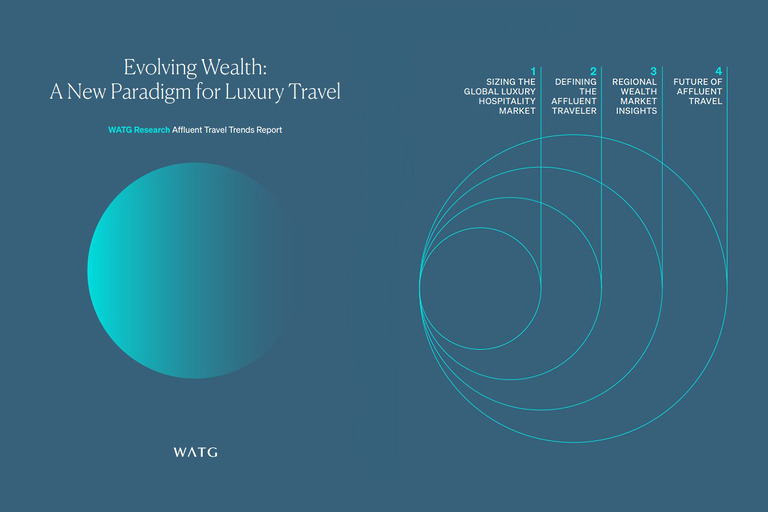
- Strategy & Research
Evolving Wealth: A New Paradigm for Luxury Travel
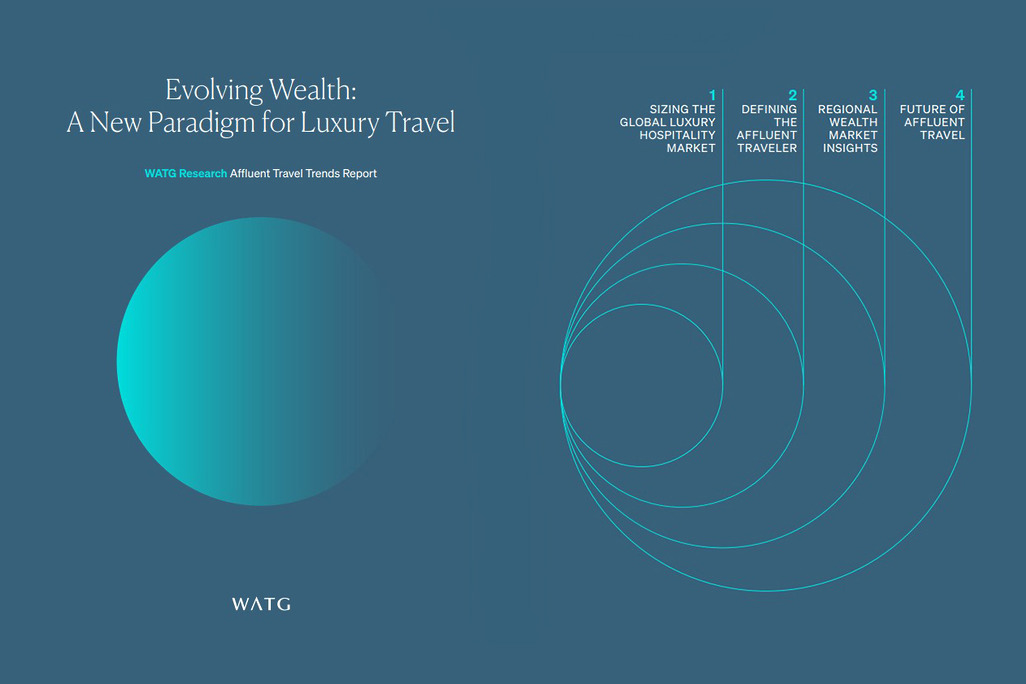
- Strategy & Research
Evolving Wealth: A New Paradigm for Luxury Travel
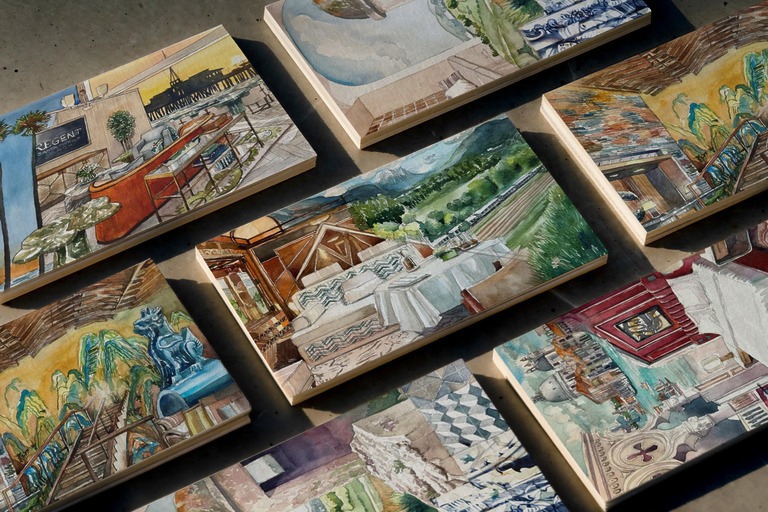
- News
Wish You Were Here: Postcards from our Destinations
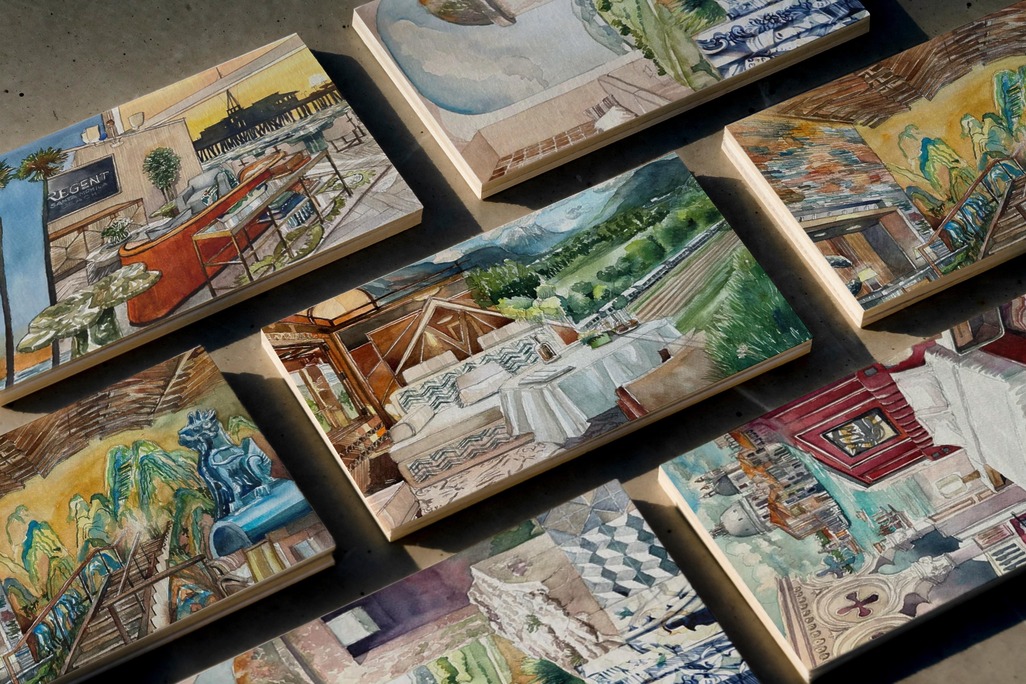
- News
Wish You Were Here: Postcards from our Destinations
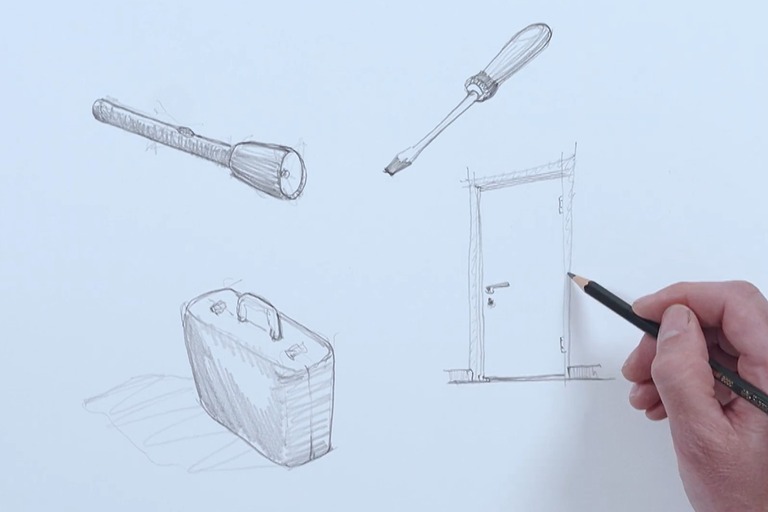
- News
The Torch, The Screwdriver, and the Pencil – Pete Wimberly’s Story
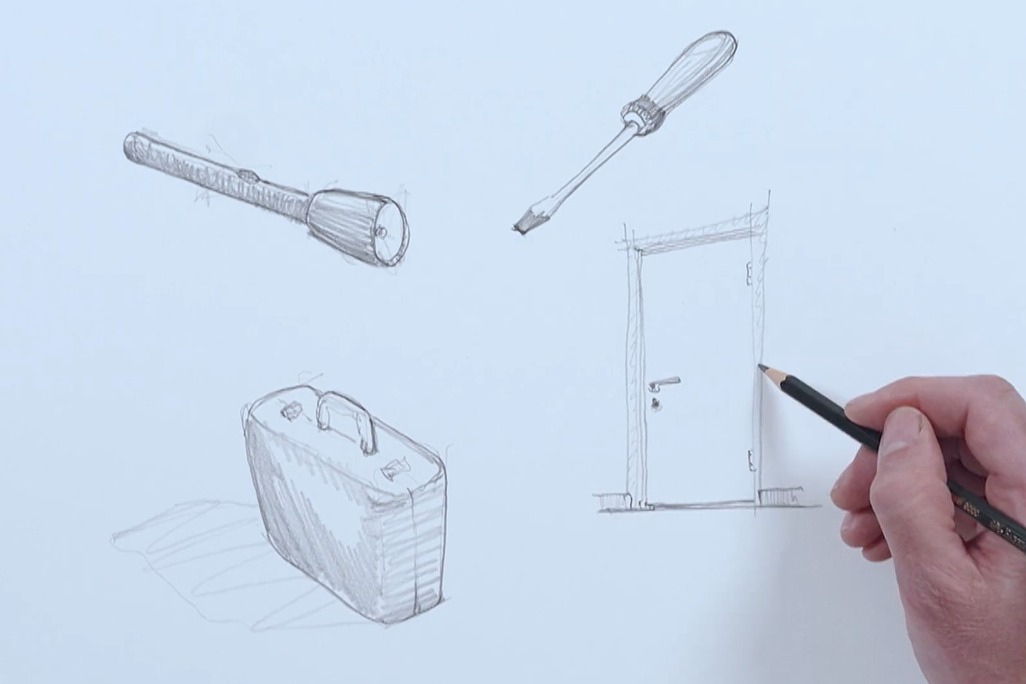
- News
The Torch, The Screwdriver, and the Pencil – Pete Wimberly’s Story
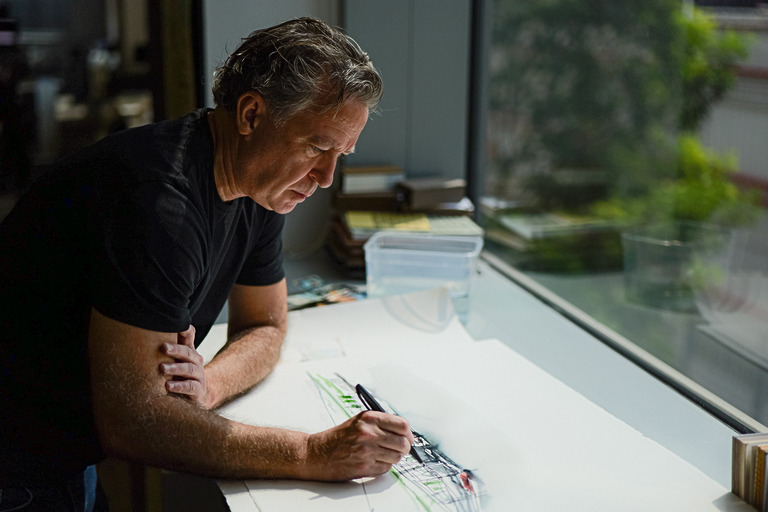
- Employee Feature
Ian Simpson: Constantly Curious, Constantly Creative
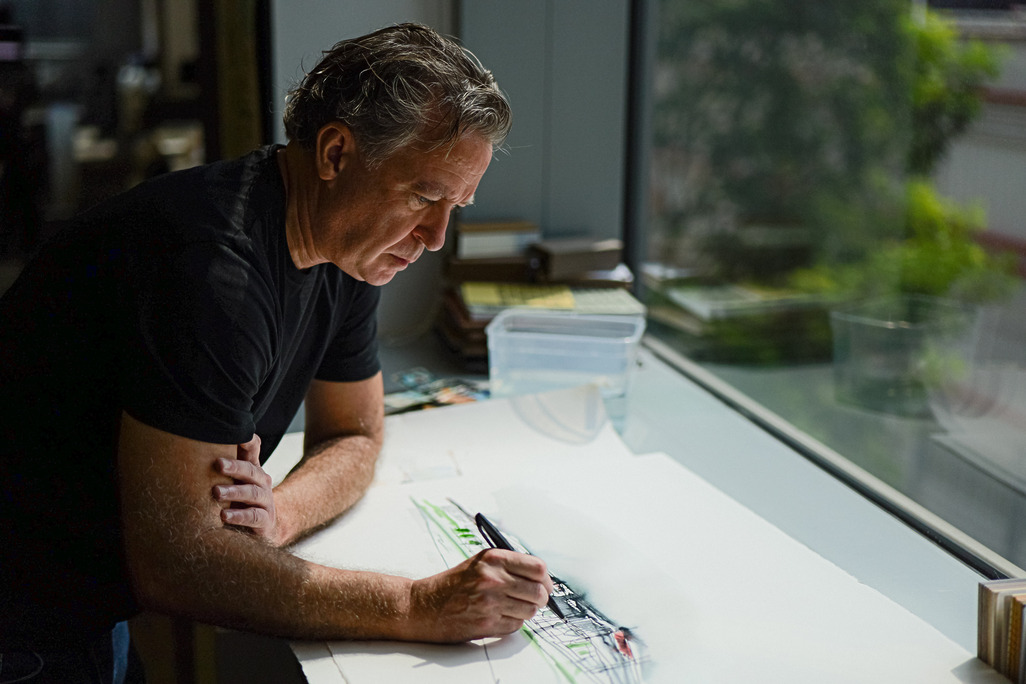
- Employee Feature
